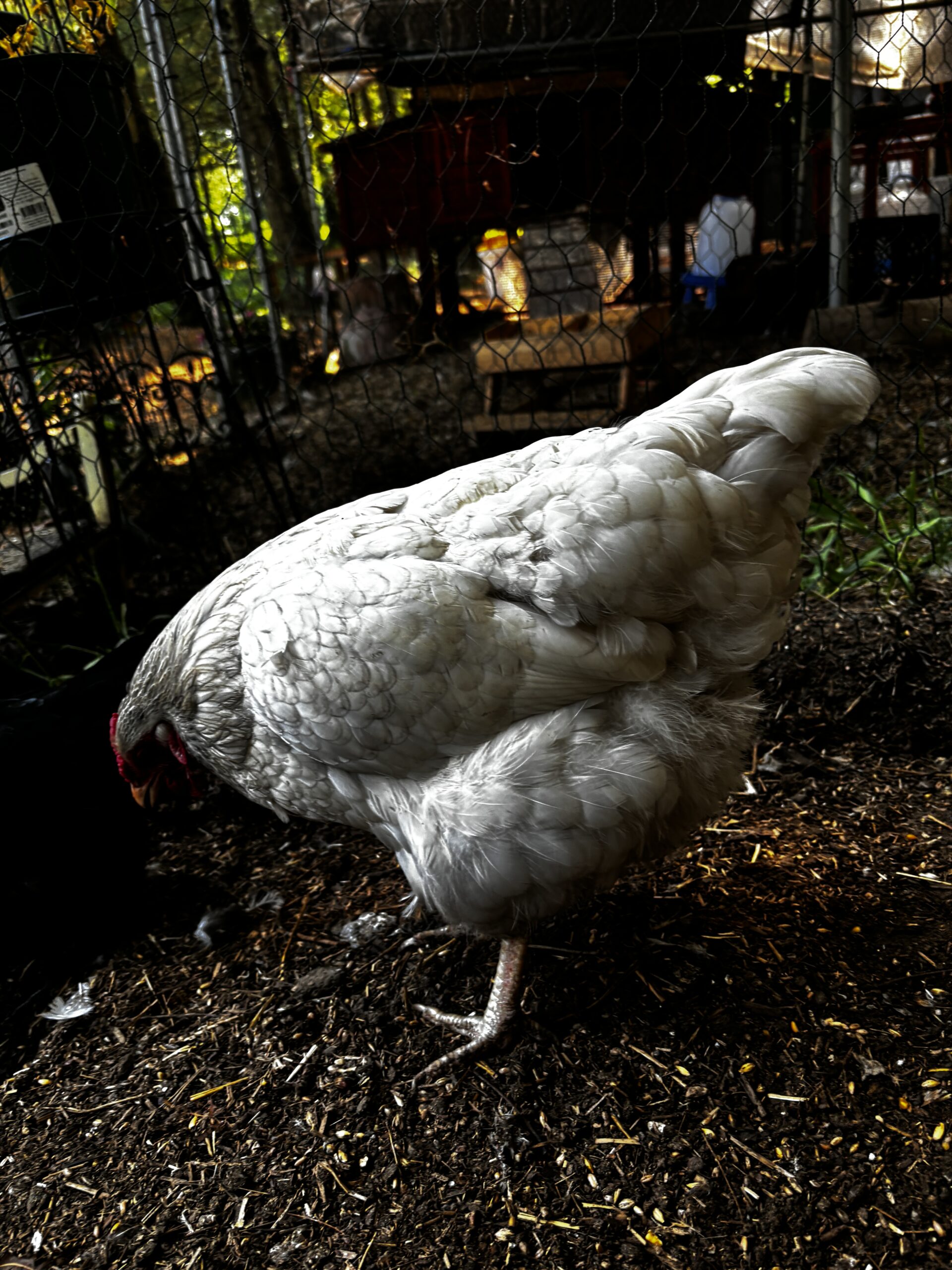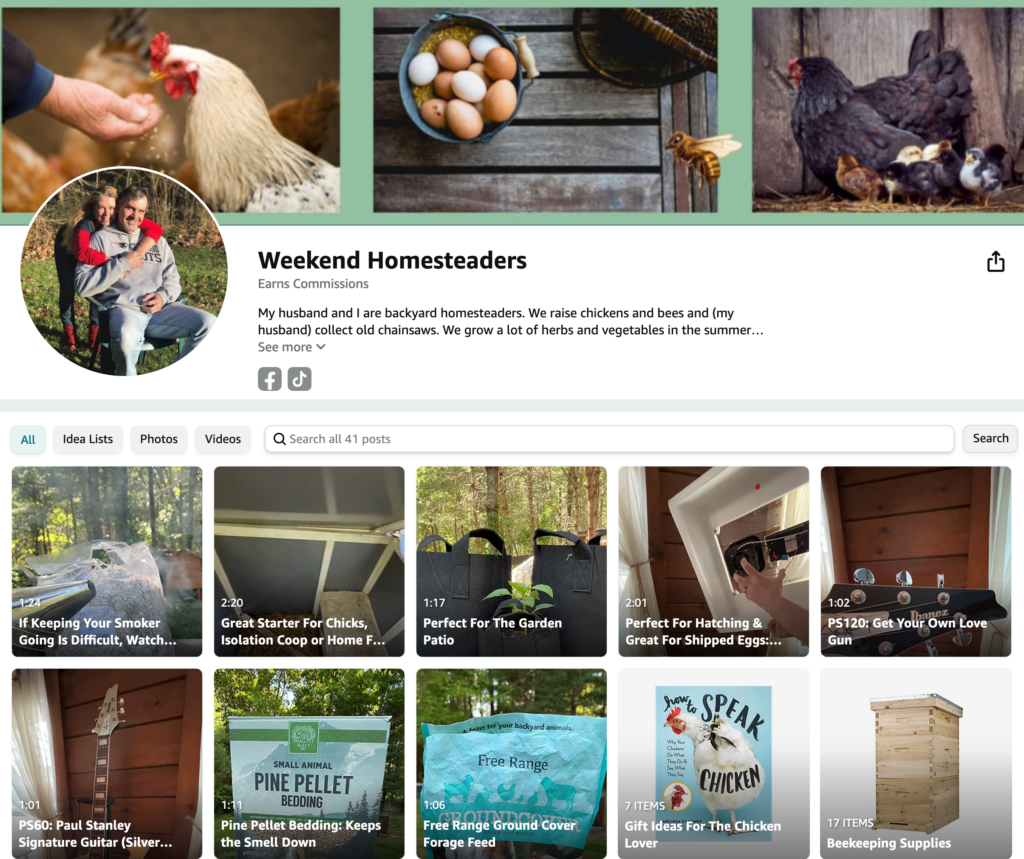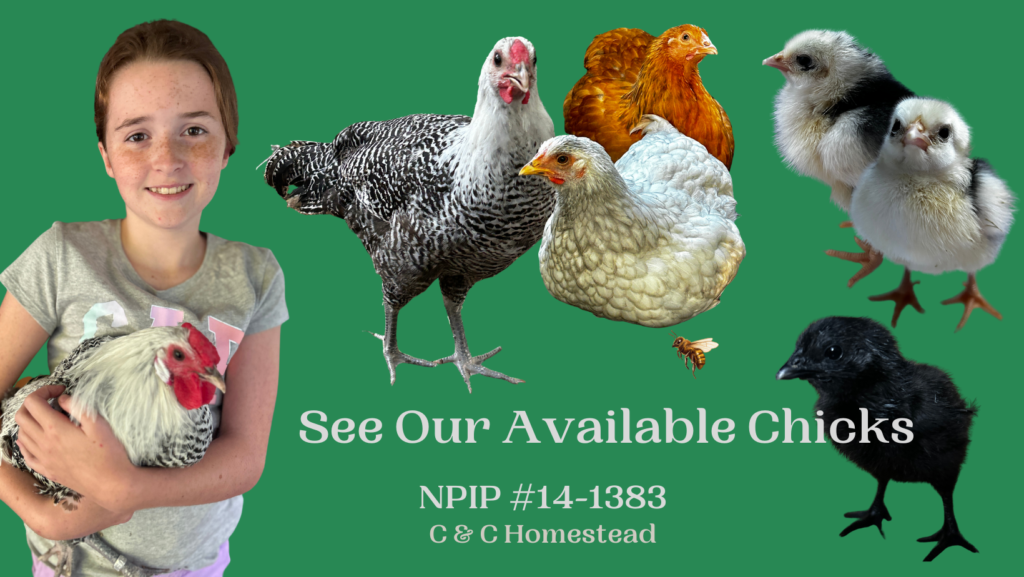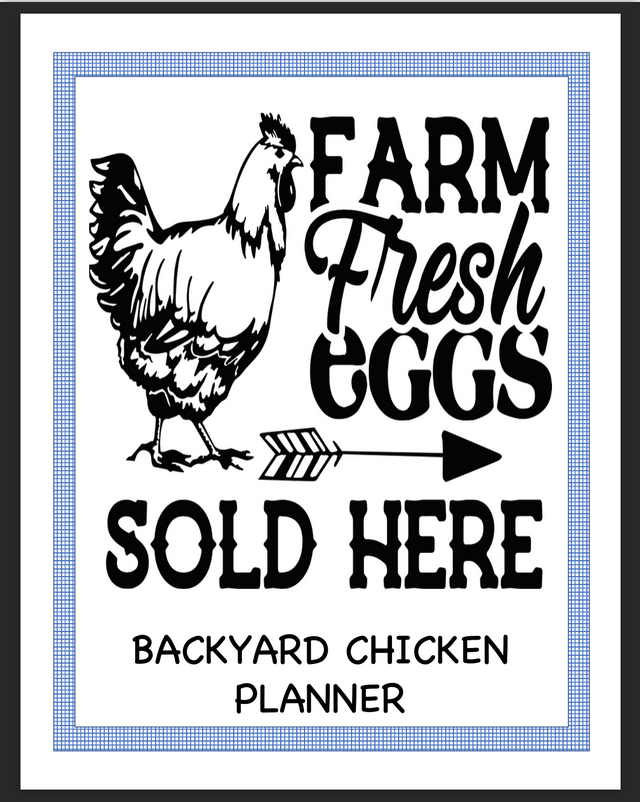Balancing Corporate & Homesteading Lifestyles
Wyandotte

The Wyandotte chicken breed originated in the United States in the 1870s and was named after the Wyandot people of North America. The breed was developed to create a dual-purpose chicken that was excellent for both meat and egg production.
The first variety, the Silver Laced Wyandotte, was accepted into the American Poultry Association’s Standard of Perfection in 1883.
Since then, several other color varieties have been developed and recognized, making Wyandottes a favorite among poultry enthusiasts for their beauty and utility.
Appearance
Wyandottes are known for their attractive and robust appearance:
- Plumage: They come in a variety of colors, including Silver Laced, Golden Laced, Blue, Black, Buff, Columbian, Partridge, and more. The Silver Laced variety is particularly striking with black and white laced feathers.
- Comb: They have a rose comb, which is broad and flat with a slight upward curve. This comb type is less prone to frostbite, making it ideal for colder climates.
- Body: Wyandottes have a broad, deep, and rounded body with a full breast. They have a well-spread tail that is carried high.
- Legs and Feet: Their legs are clean and yellow, which is a sign of health and good genetics.
- Weight:
- Roosters: 8.5 pounds (3.9 kg)
- Hens: 6.5 pounds (2.9 kg)
Temperament and Behavior
Wyandottes are known for their calm and friendly nature:
- Activity Level: They are relatively active but are also content in confinement. They enjoy foraging if given the opportunity but do not require it to thrive.
- Social Structure: They are generally docile and get along well with other chickens. They can be a bit dominant, so ensuring adequate space and resources is important to prevent bullying.
- Personality: Wyandottes are known for being friendly and good with children, making them a great choice for family flocks.
Egg Production
Wyandottes are reliable layers and also valued for their meat:
- Egg Color: Light brown to brown
- Egg Size: Medium to large
- Production Rate: They are good layers, typically producing around 200-240 eggs per year. They lay consistently, even in colder weather.
Hardiness and Care
Wyandottes are hardy birds that adapt well to various climates:
- Cold Hardy: Their rose comb and dense plumage make them well-suited for cold climates. They are resistant to frostbite.
- Heat Tolerance: They can handle heat well but should have access to shade and fresh water during hot weather.
- Foraging: While they are excellent foragers, they can also thrive in confined spaces. Providing a varied diet and occasional free-ranging opportunities will keep them healthy and entertained.
Housing and Space Requirements
Wyandottes need adequate space to maintain their health and well-being:
- Coop Space: At least 4 square feet per bird inside the coop.
- Run Space: A minimum of 10-15 square feet per bird in the run. They benefit from having space to roam and forage.
- Roosting: Provide adequate roosting space with sturdy perches inside the coop.
Health and Maintenance
Wyandottes are generally healthy and low-maintenance with proper care:
- Common Ailments: Like all chickens, they can be susceptible to parasites such as mites and lice. Regular health checks and maintaining a clean coop are essential.
- Diet: A balanced diet with access to fresh greens and insects through foraging helps maintain their health and productivity.
Conclusion
Wyandottes are a versatile and attractive breed with many desirable traits. Their calm nature, beautiful plumage, and reliable egg production make them a valuable addition to any backyard flock. Whether you are a seasoned poultry keeper or a beginner, Wyandottes are sure to bring both beauty and utility to your flock.



